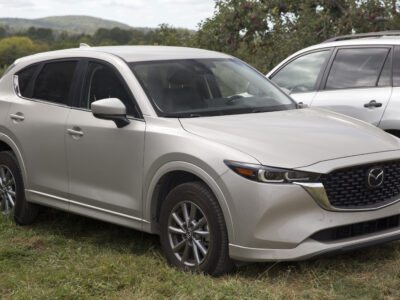
Hyundai Kona vs Volkswagen T-Cross: The Definitive Comparison Guide for 2025
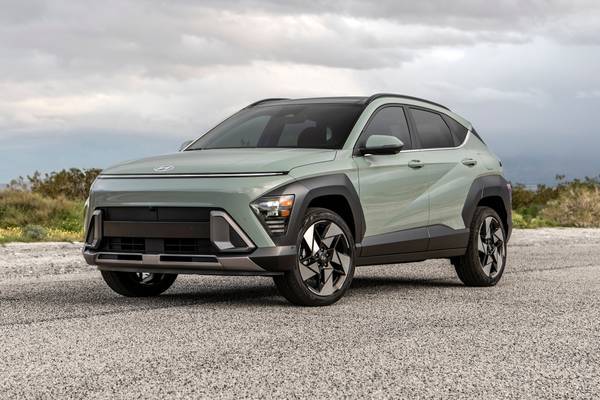
When choosing between the Hyundai Kona and the Volkswagen T-Cross, buyers face a matchup between two of the most capable and best-selling small SUVs in Europe. We deliver an exhaustive, data-rich comparison that goes far beyond the surface, giving you every crucial detail on dimensions, performance, comfort, equipment, running costs and practicality. Our goal is simple: help you decide which model offers better value, better usability and the most balanced ownership experience.
- Overall Comparison at a Glance
- Design & Road Presence
- Dimensions & Practicality
- Engines & Performance
- Fuel Consumption & Emissions
- Driving Experience
- Interior Quality & Technology
- Comfort & Convenience Features
- Safety & Driver Assistance
- Ride Quality & Daily Usability
- Boot Space & Cargo Practicality
- Pricing & Value
- Which One Should You Buy?
- Final Verdict
Overall Comparison at a Glance
Both the Kona and the T-Cross operate in the competitive B-SUV segment. The Kona is the slightly larger and more premium-feeling contender, whereas the T-Cross stands out for maneuverability, smart space packaging and German refinement.
Quick-Spec Overview
| Specification | Hyundai Kona | Volkswagen T-Cross |
|---|---|---|
| Length | 4,350 mm | 4,110 mm |
| Width | 1,825 mm | 1,760 mm |
| Height | 1,570 mm | 1,573 mm |
| Boot Capacity | 466 L | 455 L |
| Power Range | 100–180 hp | 95–150 hp |
| WLTP Consumption | 5.6–7.1 L/100km | 5.4–6.0 L/100km |
| Drivetrain Options | FWD / AWD | FWD only |
| Price Range | Higher | Lower |
Design & Road Presence
Hyundai Kona: Bold, Sporty, Expressive
The Kona’s styling has always been daring, but its latest generation amplifies the personality—sharper LED strips, sculpted panels, and a fastback-inspired rear end. This is a B-SUV with serious visual ambition, and it shows.
Volkswagen T-Cross: Clean, Functional German Lines
The T-Cross leans toward minimalism: upright stance, squared-off shoulders, and an honest, practical SUV look. It's less dramatic but more universally appealing.
Dimensions & Practicality
The Kona is larger in every direction, offering superior cabin space and slightly more boot volume. The T-Cross, however, offers the benefit of easier parking and excellent interior flexibility.
You may be interested in reading Test Drive Review: The Fiat 500 Abarth 0-60 Acceleration
Test Drive Review: The Fiat 500 Abarth 0-60 AccelerationInterior Space Highlights
Hyundai Kona
- Front headroom: 1,013 mm
- Rear headroom: 972 mm
- Front legroom: 1,059 mm
- Rear legroom: 970 mm
- Shoulder width front/rear: 1,443 / 1,402 mm
Volkswagen T-Cross
- Front headroom: 1,034 mm
- Rear headroom: 966 mm
- Hip room front/rear: 1,460 / 1,429 mm
- Sliding rear bench: major flexibility advantage
Verdict: The Kona offers more outright space, while the T-Cross delivers superior modularity and clever packaging.
Engines & Performance
Both models rely heavily on refined, turbocharged 1.0-litre three-cylinder engines, but the Kona offers more powerful upper trims and even AWD.
Hyundai Kona Engine Range
- 1.0 T-GDi – 100 hp / 200 Nm
- 1.6 T-GDi – up to 180 hp
- Available AWD on upper trims
- EU6 compliance
- Fuel requirement: 95-octane unleaded
Volkswagen T-Cross Engine Range
- 1.0 TSI – 95 hp / 175 Nm
- 1.0 TSI – 110 hp
- 1.5 TSI – 150 hp
- FWD only
- Excellent efficiency and low running costs
Fuel Consumption & Emissions
The T-Cross is slightly more efficient, especially in mid-range outputs.
WLTP Consumption
| Model | Combined (L/100km) | Approx. Range |
|---|---|---|
| Hyundai Kona | 5.6–7.1 | Up to 825 km |
| Volkswagen T-Cross | 5.4–6.0 | Up to 741 km |
WLTP Emissions
- Kona: 126–161 g/km
- T-Cross: 124–136 g/km
Verdict: The T-Cross wins in efficiency, but the Kona’s broader engine range offers more performance potential.
Driving Experience
Hyundai Kona
- Sportier steering and suspension tuning
- Optional AWD enhances traction
- Stable at high speeds
- More solid highway character
Volkswagen T-Cross
- Extremely maneuverable
- Light steering for urban navigation
- Comfort-oriented damping
- Ideal for city driving
Interior Quality & Technology
- Digital cluster & large infotainment (up to 12.3")
- OTA updates
- Voice control
- Navigation with live traffic
- More premium trim materials
T-Cross: Clean, Logical VW Layout
- Up to 8" touchscreen
- Physical controls for core functions
- Two speakers in base trims, six in upper ones
- Efficient, user-friendly interface
The Kona clearly offers a more modern digital cockpit, although the T-Cross focuses on simplicity and low learning curve.
You may be interested in reading Test Drive Review: The Fiat 500 Abarth 0-60 Acceleration
Test Drive Review: The Fiat 500 Abarth 0-60 Acceleration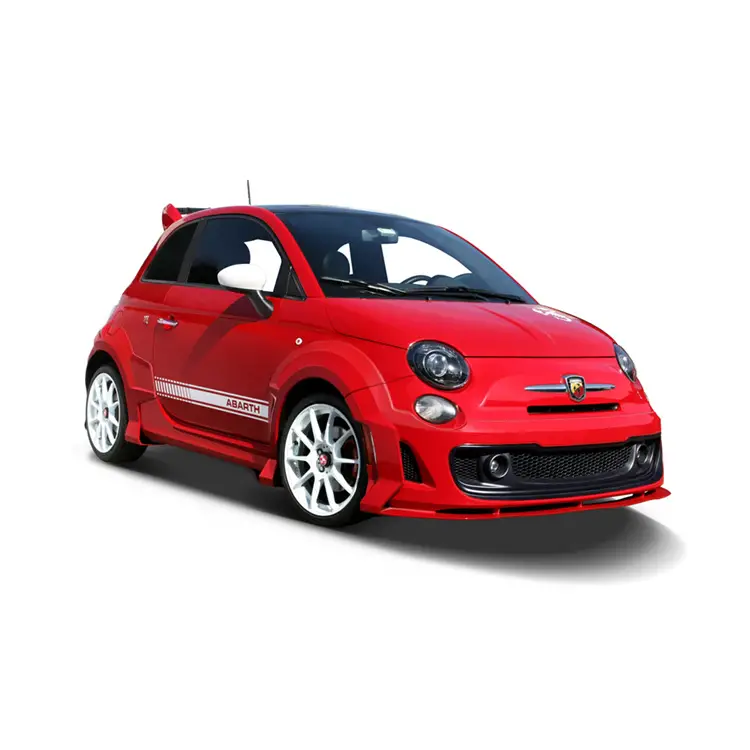 Customizing Your Ride: A Comprehensive Guide to the Fiat 500 Body Kit
Customizing Your Ride: A Comprehensive Guide to the Fiat 500 Body KitComfort & Convenience Features
- Electric windows
- Manual height-adjustable driver’s seat
- 12V sockets
- Rain-sensing wipers (Kona)
- Cruise control
- Start/Stop system
- Bluetooth and smartphone integration
Kona Exclusive Highlights
- Keyless entry + push-start
- Dual-zone automatic climate control
- Integrated parking assist
- Larger multimedia screens
- More advanced infotainment functionalities
T-Cross Highlights
- Auto dip on passenger mirror
- Sliding rear bench
- Lower weight for better economy
Safety & Driver Assistance
Hyundai Kona
- Four disc brakes
- Extensive active-safety systems
- Adaptive cruise control available
- Strong structural rigidity
Volkswagen T-Cross
- Disc brakes at front
- Same safety philosophy as VW Polo
- Adaptive cruise control
- Assisted parking systems available
Both models score highly on safety, but the Kona offers a broader standard equipment list on mid trims.
Ride Quality & Daily Usability
- The Kona feels more grown-up on the road with a refined, solid ride.
- The T-Cross excels at city maneuverability with a tight turning circle (10.7 m vs. 10.6 m).
Boot Space & Cargo Practicality
| Model | Seats Up | Seats Folded |
|---|---|---|
| Hyundai Kona | 466 L | 1,300 L |
| Volkswagen T-Cross | 455 L | 1,281 L |
Both are top performers in the B-SUV class, but the Kona edges ahead slightly.
Pricing & Value
- Hyundai Kona: Higher entry price but more equipment and tech
- Volkswagen T-Cross: More affordable, especially in lower trims
For buyers prioritising budget, the T-Cross wins. For buyers seeking features and refinement, the Kona takes the lead.
Which One Should You Buy?
Choose the Hyundai Kona if you want:
- Advanced technology and infotainment
- A more premium cabin feel
- Stronger performance options
- AWD capability
- More space and cargo capacity
Choose the Volkswagen T-Cross if you want:
- Lower running costs
- Easy-to-drive compact proportions
- VW reliability and simplicity
- Flexible sliding rear seats
- A practical, city-focused SUV
Final Verdict
The Hyundai Kona is the more complete and technologically advanced SUV, offering greater space, more power options and richer equipment. It’s the ideal choice for those who want a premium feel without stepping into a higher segment.
The Volkswagen T-Cross remains one of the smartest choices for urban drivers thanks to its compact size, excellent fuel efficiency and clever modular interior. It represents outstanding everyday usability at a competitive price.
You may be interested in reading Test Drive Review: The Fiat 500 Abarth 0-60 Acceleration
Test Drive Review: The Fiat 500 Abarth 0-60 Acceleration Customizing Your Ride: A Comprehensive Guide to the Fiat 500 Body Kit
Customizing Your Ride: A Comprehensive Guide to the Fiat 500 Body Kit A Trip Down Memory Lane: The 1977 Fiat 124 Spider
A Trip Down Memory Lane: The 1977 Fiat 124 SpiderBoth are exceptional small SUVs, but your priorities—premium feel vs affordability, performance vs efficiency, technology vs simplicity—will determine the right winner for you.
If you want to know other articles similar to Hyundai Kona vs Volkswagen T-Cross: The Definitive Comparison Guide for 2025 you can visit the category Models.
Deja una respuesta


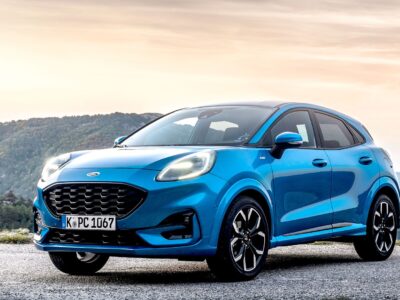
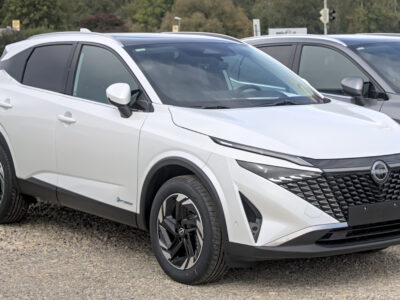
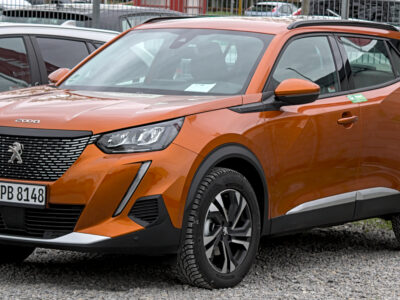

More content of your interest